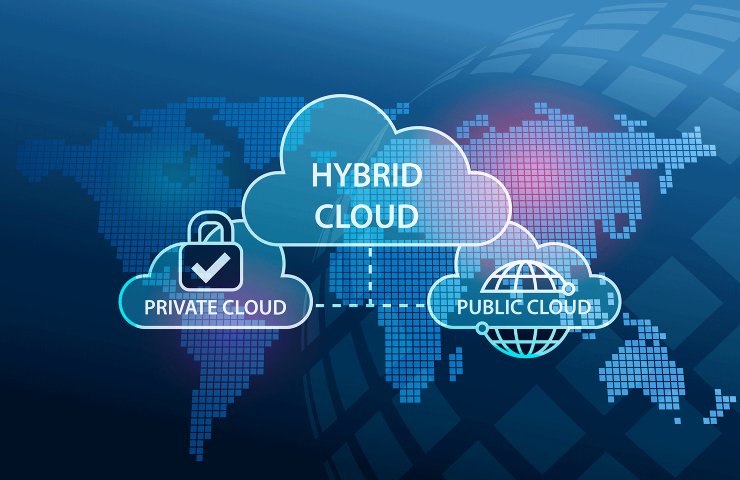In a climate of widespread uncertainty, companies face new pressures in 2023 to innovate profitably and improve sustainability and resilience, at lower costs. Managers and CEOs of companies concerned about recession, inflation, valuations, fiscal policy, energy costs, the pandemic, supply chains, war and other political issues have made “Little spend, a lot of yield” the order of the day in all sectors and companies of all sizes a real mantra.

After two years of massive investment, many companies are reducing their capital spending on technology and taking a closer look at IT expenses and ROI. However, unlike many past periods of tightening financial conditions, the current unease has not yet led to widespread and across-the-board cuts to technology budgets.
On the contrary, recent industry surveys and forecasts clearly indicate a strongwillingness on the part of business leaders to continue and even accelerate funding for optimization and transformation. This is especially true for strategic AI, sustainability, resiliency, and innovation initiatives that use cloud and utilities to support critical workloads such as drug discovery and real-time fraud detection.
Gartner
predicts that worldwide spending on public cloud services will reach nearly $600 billion in 2023, an increase of more than 20% year-on-year. Infrastructure as a Service is expected to be the fastest-growing segment, with investment up nearly 30% to $150 billion. It is followed by Platform as a Service, at 23%, at $136 billion.
“Current inflationary pressures and macroeconomic conditions are having a push-and-pull effect on cloud spending,” writes Sid Nag, vice president of analyst at Gartner. “Cloud computing will continue to be a bastion of security and innovation, supporting growth in times of uncertainty thanks to its agile, elastic and scalable nature.”
Omar Khan, general manager of Microsoft Azure, says that enterprise budgets continue to show strong strategic conviction in the public cloud economy and benefits in volatile market conditions. The elasticity and low costs for IT overhead and management are particularly attractive to IT executives.
But why does the Public Cloud make sense for business right now? Leveraging public clouds to advance strategic business and technology initiatives makes good sense historically, present, and future. Today’s cloud services build on proven cost-effective capabilities, offer new options for today’s business imperatives, and provide a flexible, reusable foundation for tomorrow. This is especially true for cloud infrastructure and scaling AI and HPC in production, and we’ll explain why.
Meanwhile, the infrastructure and services of the public cloud offer a higher economy. Since the cloud began to take hold, it has become clear: the cloud offers a much more favorable economy than on-premise. An in-depth 2022 analysis by IDC, sponsored by
Microsoft
, found a wide range of tremendous financial and business benefits from modernizing and migrating with the public cloud. Most noteworthy: a 37% drop in operating costs, a 391% ROI in three years, and an increase in revenue of $139 million per year per organization.
Cloud infrastructure and supercomputers meet the stringent requirements of Artificial Intelligence. “Acceleration is really the only way to handle many of these cutting-edge workloads. That’s what is at stake. Especially for training, because networks continue to grow enormously in terms of size and architectural complexity. The only way to keep up is to train in a reasonable amount of time measured in hours or maybe days, rather than weeks, months or maybe years.”
Public Cloud optimization meets a wide range of pressing business needs. Much of the benefits of the cloud came from optimizing technology spend to meet elasticity needs. Today , the benefits are still rooted in the shift from a fixed system to a variable cost model. But more and more companies are realizing that the benefits go further in furthering business goals.
Energy is a three-pronged concern for businesses around the world. Energy prices have skyrocketed, especially in Europe. Power grids in some places have become unstable due to severe weather and natural disasters, overcapacity, terrorist attacks, and poor maintenance. An influential 2018 Microsoft study found that using a cloud platform can be nearly twice as energy and emissions efficient as on-premises solutions. New best practices for optimizing energy efficiency on public clouds promise to help companies achieve sustainability goals even in an ever-changing energy environment.

